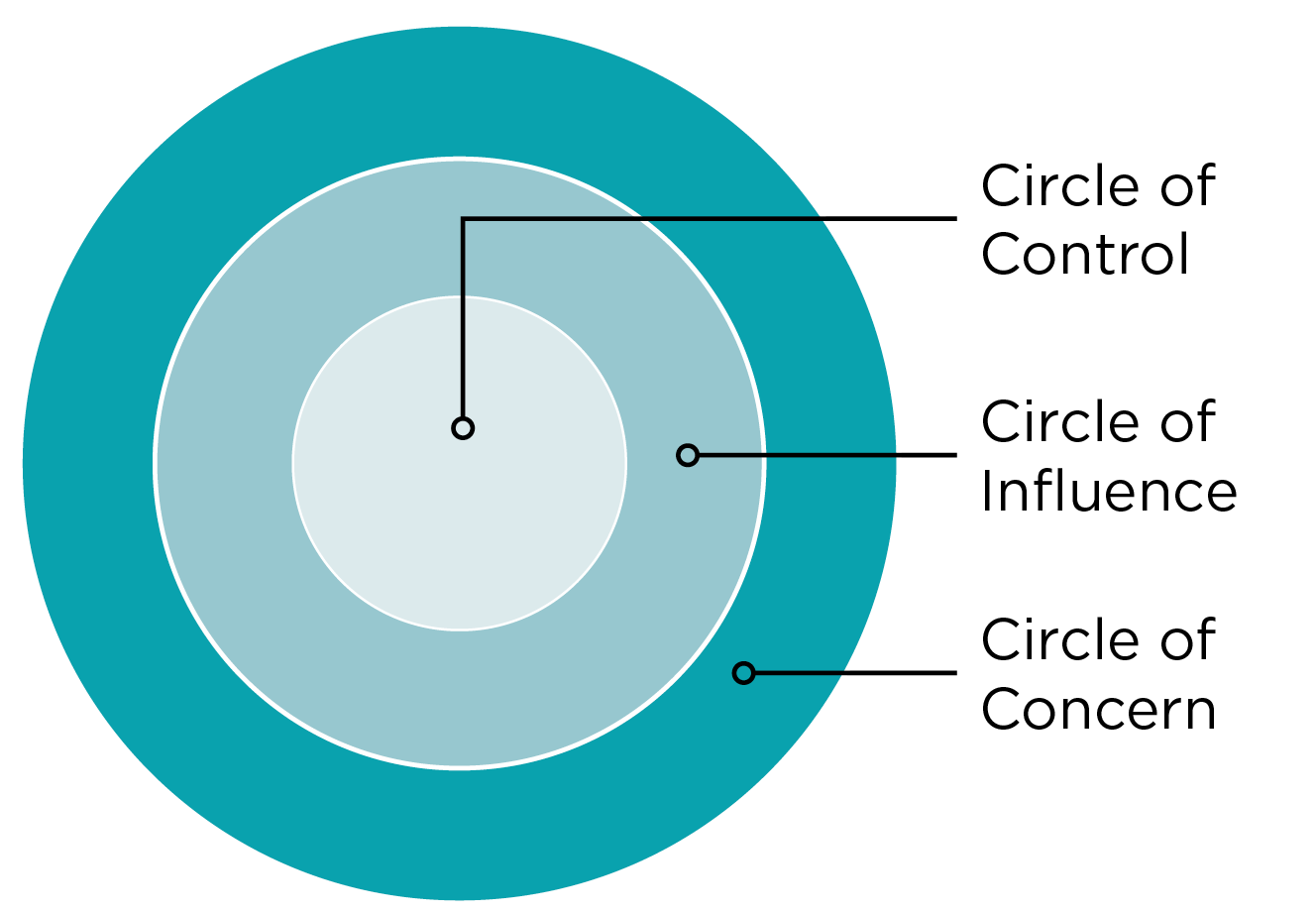Many of us are struggling with some variety of anxiety right now, but leaders are under special pressure to shrug off the stress and fear and move forward—the future of your organization depends on it. The decision-maker’s seat is a tough one to occupy at the best of times, and the added anxiety of existing in semi-permanent crisis mode can result in paralysis, procrastination, and passivity—3 Ps that hinder your company’s ability to survive and thrive throughout the current crisis and whatever comes next.
If you can relate to the above, read on for 2 actionable tips to help you unfreeze yourself and start being the proactive leader your organization needs.

Don’t put off key decisions. You may well be inclined to hold tight and wait for the storm to pass. Don’t. Ask yourself what information is absolutely essential to making your decision—don’t wait for what is merely nice to have—and make your move. Remind yourself that a) it doesn’t have to be perfect (there is likely no such thing as perfect), and b) this isn’t the point of no return. Recognize that the vast majority of decisions are reversible and that if you try something and it doesn’t work, you have the option of changing course later.
Sort out your Circle of Control. Look at the whole situation and everything that concerns you about it and figure out what you cannot control, what you can, and what you don’t need to.
There are two aspects to this bit of advice. First, consider your immediate reality and define what you control directly or at least influence strongly—your daily routine, for example, your environment, the way you treat others, the quality and quantity of your communications and the operational and strategic decisions that are your responsibility to make. Contrast this with what you cannot control—the behaviour of others, the actions of politicians or the overall growth or shrinkage of the economy. Focus on the inner circles and let the outer go.
The second control-related action you can take as a leader is to set up systems and controls for your team in order to automate or offload as many of the decisions as feasible to them. Business controls include assets such as standardized procedures for making routine decisions, flowcharts that illustrate acceptable options in recurring situations, and checklists to verify whether a task is fully complete and correct. Instituting the business controls that make sense for your team—now, when you have some time to step back and look at the bigger picture, perhaps?—allows these processes to run smoothly long-term without your direct attention. It reduces your cognitive load, gives you less to be anxious about, and frees up your mental energy to focus on higher level strategic decisions. It also has the bonus of granting your team members more autonomy, supporting their well-being, and lowering their anxiety by putting more into their circles of control.
These recommendations were adapted from David Finkel’s, “When Anxiety Prevents You From Leading Your Team During a Pandemic”.

